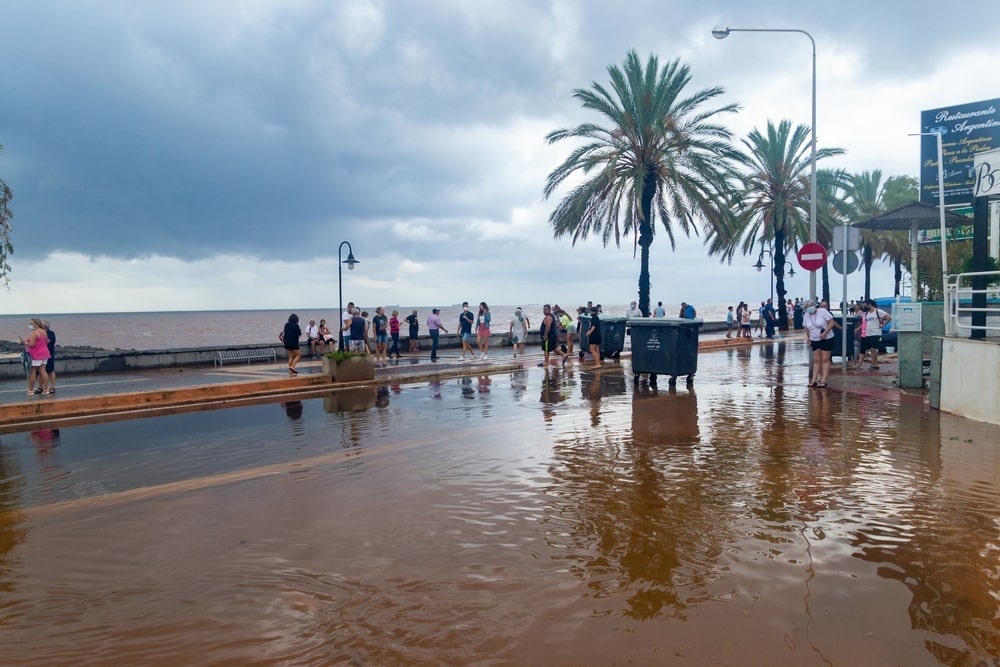
Storm Daniel originated in Greece, evolving into a rare medicane, a hybrid storm carrying characteristics of both a tropical cyclone and a mid-latitude storm, as it approached Libya. This devastating phenomenon brought extreme rainfall and unprecedented winds, leading to new rainfall records and massive destruction through flooding, exacerbated by the tragic collapse of two dams on the Wadi Derna River in Derna city.
Understanding the mechanics of Medicanes is critical for underwriting in the region. These storms are rare, occurring 1-3 times per year, yet hold devastating powers due to their associated flooding, storm surges, and strong winds. Fuelled by enhanced heat and moisture fluxes from the Mediterranean, their genesis predominantly occurs in the western Mediterranean and between the Ionian Sea and the North-African coast. As climate change fosters warmer sea surface temperatures, we anticipate an increase in the frequency and intensity of such storms.
The heart of the catastrophe lay in the collapse of two dams, likely constructed with soil or rocks, which were unable to withstand the onslaught of the torrential downpour. Witnesses recount terrifying scenes of water rising to nearly three meters in some areas, sweeping away neighbourhoods and their residents in a catastrophic wave. Here, the connection between environmental risk and infrastructure integrity becomes painfully clear.
As climate change progresses, warmer atmospheres are expected to hold more moisture, leading to more intense precipitation events and, consequently, more severe flooding. Sea surface temperatures exceeding 26 °C can fuel storms post-development, heightening their destructive capacities. The role of changing climatic patterns in shaping risk landscapes is undeniably significant, and adapting to this new reality is pivotal for managing underwriting exposures effectively.
The tragedy in Libya has also thrown light on the role of connected political risk in exacerbating disaster impacts. The country’s divided governance impeded a coordinated disaster response, resulting in a failure to evacuate residents timely. UN representatives have emphasized that the majority of the fatalities could have been avoided with prompt warnings and organized emergency management forces, highlighting the intricate web of environmental and geopolitical factors contributing to the disaster’s extent.
For underwriters and brokers, a deep understanding of the interplay between environmental phenomena and geopolitical dynamics is essential in navigating the increasingly complex risk landscapes. Considering the interconnected risks, including potential infrastructure failures and political instabilities, is paramount in crafting policies that are robust, informed, and resilient.
The Libya catastrophe is a wake-up call for the (re)insurance underwriting sector, underscoring the criticality of understanding and incorporating connected risk exposures into our strategies. In a world of evolving environmental and geopolitical challenges, we must lead with insight, analysis and action to safeguard communities while sustaining the industry's resilience and sustainability.

Related Articles
Aviation
Aviation
Aviation